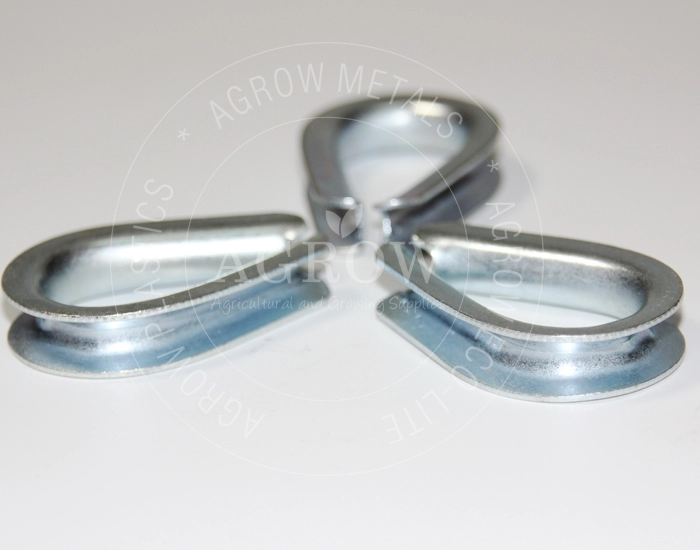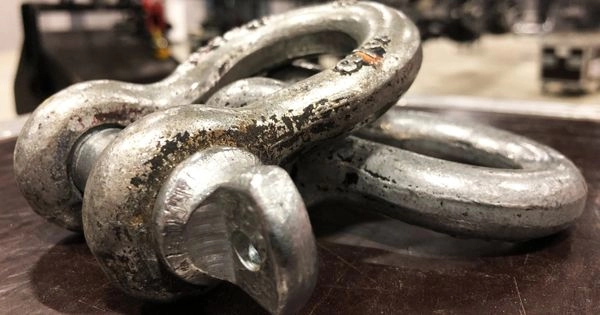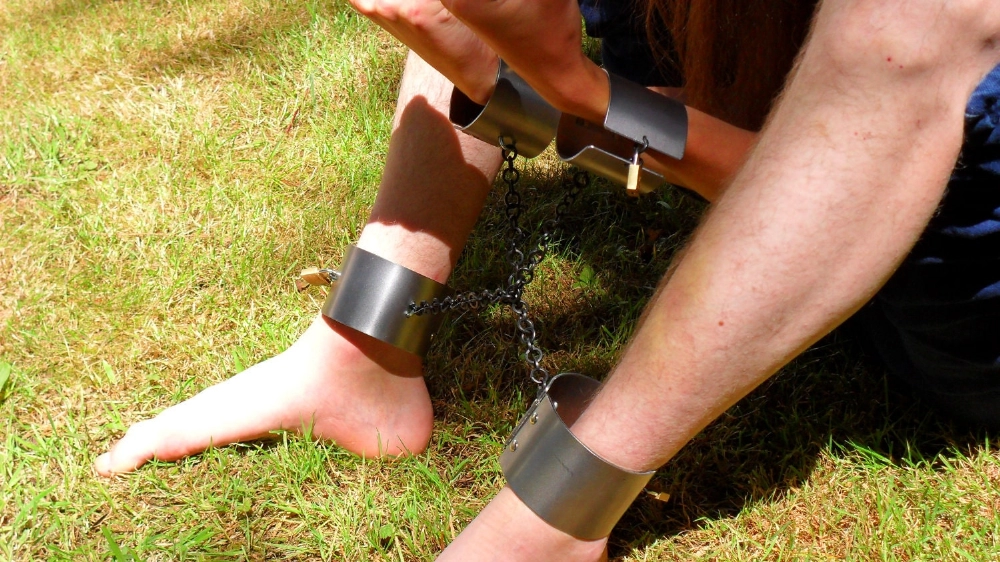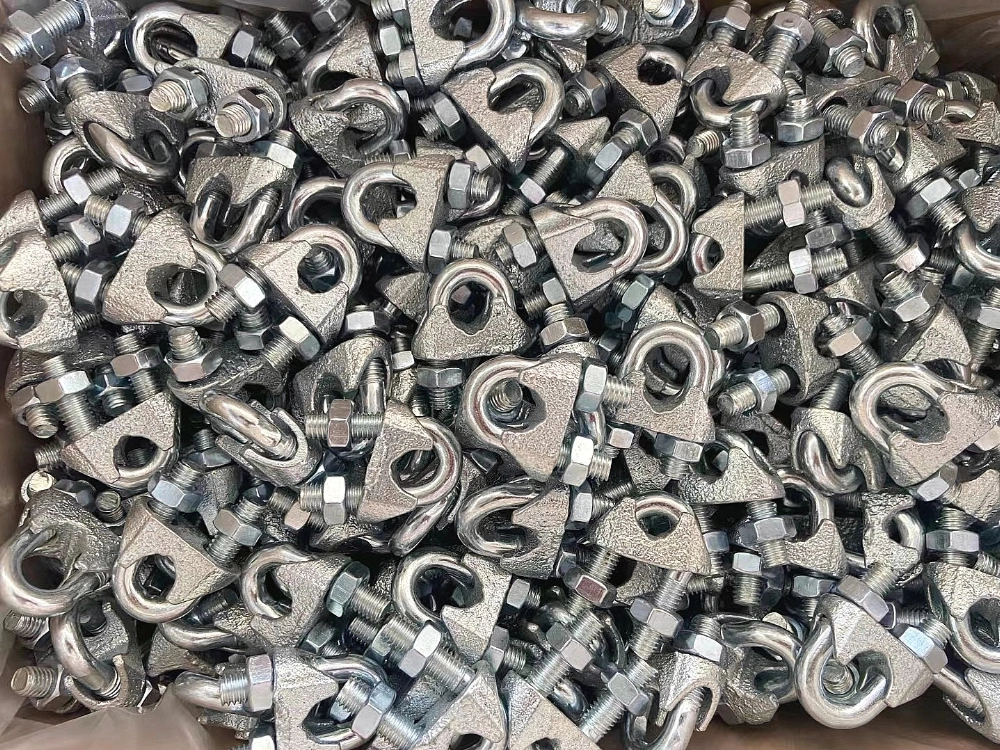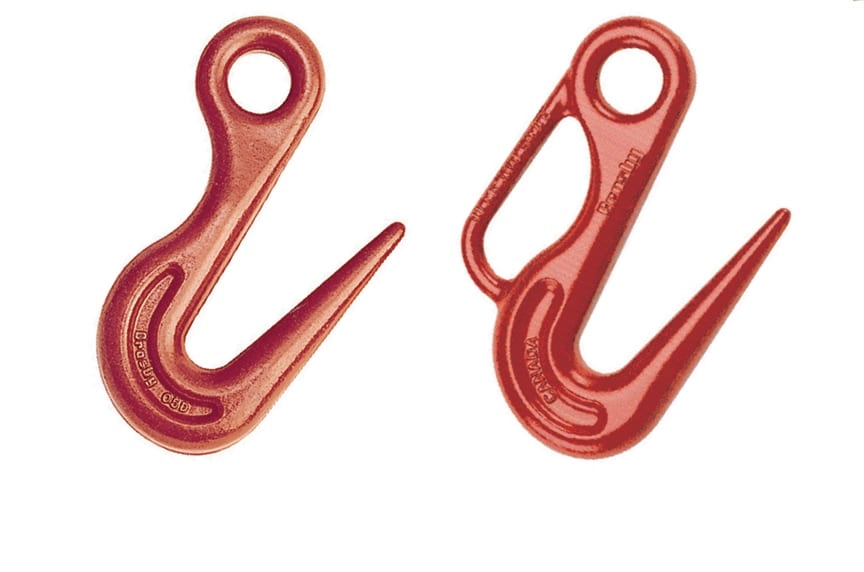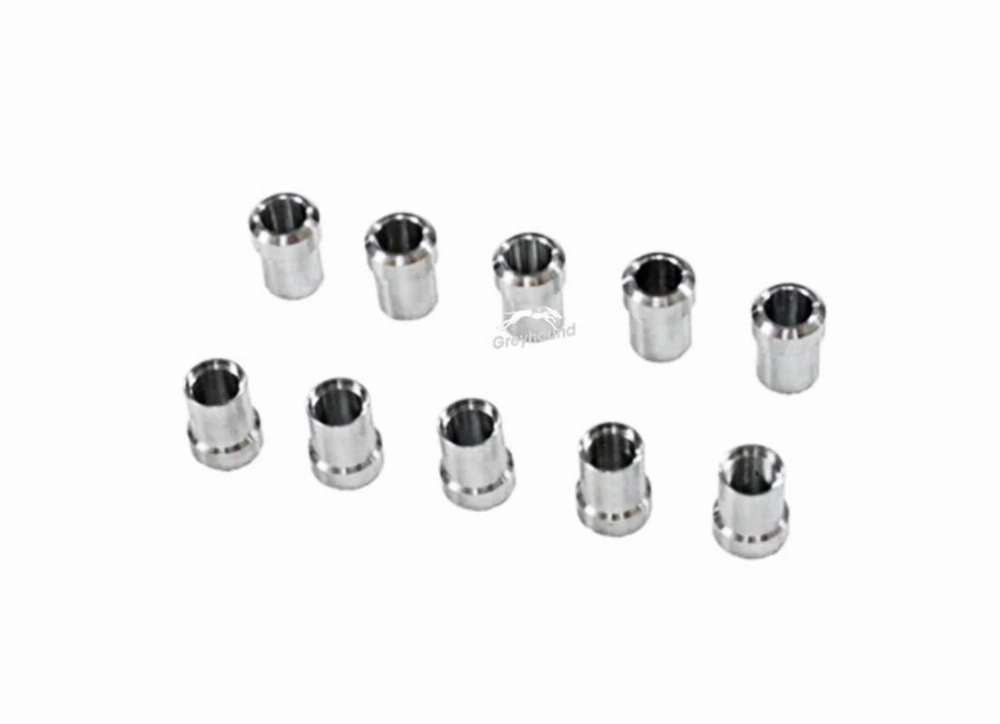Need help? Write to us info@hqlifting.com
- Charging Accessories
- Lifting accessories
- Steel Cable
- Beam cart
- Turnstile for load securing
- Load Ratchet Strap
- Lifting current
- Chain for Load Lifting
- Lifting equipment
- Slings
- Steel Cable Tensioner
- Polyester slingshot
- Load binders
- STEEL HOOK
- Steel Cable Clamp
- Electric winch
- Permanent magnets
- Steel Cable Clamp
- moitão
- Carabiners
- Screw With Eyelet
- Lifting Clamp
- Talha Manual
- Uncategorized
Call our consultants or chat online
+86 151 4514 5178
how the winch works
A block uses pulleys to divide the effort, applying laws of physics. This helps reduce the required work. With more pulleys, like in the 3-pulley block, it can lift more weight.
Safe steel cables are essential for the winch. They have certified diameter and tensile strength to ensure safety.
The physics behind the winch involves calculations of effort and friction loss. This helps to understand the relationship between the total load and the required force. To avoid problems, it is important to analyze the weight distribution in composite systems. This follows important standards such as NR-11 and ABNT NBR.
Main Points
- ✅ The mechanical advantage of the block depends directly on the number of pulleys.
- ✅ Steel cables with a minimum diameter guarantee compatibility with the pulley.
- ✅ 3-pulley system reduces effort by up to 50% compared to simple systems.
- ✅ Total force calculation includes safety factors and friction losses.
- ✅ Technical certifications ensure the safe operation of the winch in industrial applications.
Types of Winches and Their Specific Applications
To choose the right equipment, it is important to understand the differences between the winches. Each one has specific load and environment requirements. They also need to comply with safety standards.
Manual Winches vs. Electric Winches
- Manual winches: They are operated manually with a mechanical brake. They can carry up to 5,000 kg. They are ideal for places without electricity. It is necessary to inspect the steel cable weekly.
- Electric winches: Use automatic motors and can move loads up to 12 m/min. They are perfect for continuous use. They require IP65 certification to work well in humid environments.
Winch Systems with Multiple Pulleys
✅ Half 3 pulleys facilitates the operation by dividing the force by 3. Here is the formula: Mechanical Advantage = Number of Pulleys × 2. The cable must have a minimum diameter of 6 mm and a strength ≥ 1,200 N/mm², according to the ABNT NBR 16.220 standard.
| Model | Maximum Load | Mechanical Advantage |
|---|---|---|
| Moitão 3 Roldanas | 3.500 kg | 6:1 |
| Moitão 2 Roldanas | 2.200 kg | 4:1 |
Moitões para Aplicações Industriais Especializadas
Para lugares com risco de corrosão, moitões eletrozinquelados são a melhor escolha. Em áreas com risco de explosão, moitões ATEX com certificação ISO 80079-32 são seguros. O como funciona o moitão para cabo de aço em temperaturas altas ou baixas requer materiais especiais.
| Ambiente | Cabo Recomendado | Certifications |
|---|---|---|
| Quentes | Cabo de aço revestido em PTFE | ISO 1821:2020 |
| Corrosivos | Cabo inoxidável 316L | NBR 15.723 |
Os dados técnicos ajudam a escolher o moitão ideal. Para mais informações, entre em contato conosco.
Princípios Físicos e Mecânicos dos Moitões
To know como funciona um moitão, é importante entender os princípios físicos. Esses equipamentos usam leis da mecânica para melhorar a transferência de carga. Eles garantem também a segurança.
O estudo da física dos sistemas de roldanas mostra como forças e cargas são distribuídas. Isso é crucial em ambientes industriais.

Leis da Física nos Sistemas de Roldanas
✅ Leis de Newton: A segunda lei (F=ma) mostra a relação entre força, massa e aceleração. Em sistemas com roldanas, a força aplicada aumenta com o número de polias.
✅ Princípio de Energia: A energia mecânica total é conservada, com perdas por atrito. Cada roldana ajuda a distribuir esforços, reduzindo a tensão nos cabos.
Cálculo de Vantagem Mecânica
A vantagem mecânica (VM) é calculada pela equação:
VM = nº de cordas sustentando a carga / nº de cordas aplicando força.
Por exemplo, em um sistema com 4 polias, VM = 4/1 = 4x. Esse cálculo ajuda a escolher o tamanho dos equipamentos para cada carga.
Efficiency and Friction Losses
The efficiency η (%) takes into account the losses due to friction in bearings and ropes:
η = (Useful Work / Applied Work) × 100.
The table below shows the friction coefficients for various materials:
| MATERIAL | DRY COEFFICIENT (μ) | μ COM LUBRICANT |
|---|---|---|
| Steel/bronze | 0,25 | 0,12 |
| Polyamide | 0,30 | 0,18 |
| Aluminum | 0,28 | 0,15 |
These values are essential for sizing efficient systems. The strain analysis in load tests (ASTM E8) ensures compliance with technical standards.
Installation, Safe Operation, and Maintenance of Winches
For proper operation, the installation and operation of the winch must follow technical rules. Know como funciona o moitão para cabo de aço helps to avoid problems. This includes preventing structural damage or damage to equipment.
Technical Installation Procedures
The hoist must be placed according to the maximum load and tilt angles. To how does moitão work with steel cables, it is important:
- Use anchor points that support the nominal load;
- Align the axles and adjust the tension on the cables;
- Perform static load tests according to ABNT NBR 14417 before use.
Inspection and Preventive Maintenance Protocols
Daily inspections must be performed with a checklist. This includes:
- Verificar o desgaste em roldanas e cabos de aço (mínimo 10% da espessura original);
- Lubrificar as engrenagens e verificar as soldas críticas;
- Substituir componentes com deformações ou corrosão acima de 5%.
For how the winch works, é importante manter registros de manutenção. Isso deve seguir as normas NR-11 e NR-12.
Normas de Segurança e Certificações Necessárias
Os equipamentos devem seguir as normas ABNT, ASME B30.16 e ISO 4309. Os operadores precisam de treinamento em:
- Testes de carga dinâmica e estática;
- Controle de torque em fixações (ex.: 150 Nm para parafusos de suporte);
- Certificações como ISO 9001 para garantir conformidade legal.
A documentação deve incluir laudos de inspeção e registros de operação. Esses são exigidos por órgãos reguladores.
Share:

June Han /founder and designer
The co-founder of Hqlifting, sales director, amateur writer about fitness business

